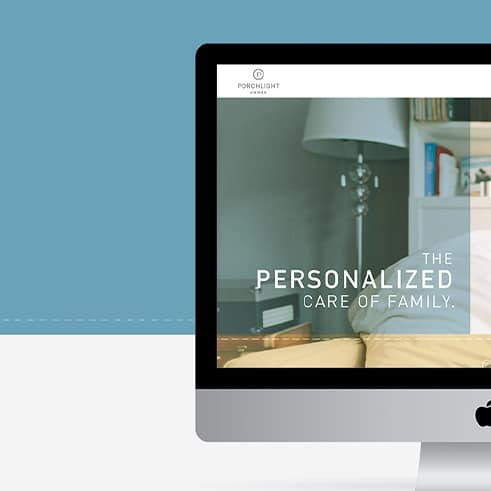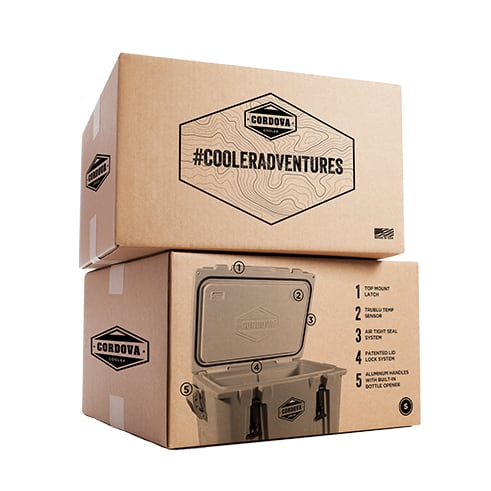How to Write Effective Sales Email Subject Lines
April 20, 2023
According to Mailchimp, the average email open rate across all industries is 21.33 percent. That means that, on average, nearly four out of every five emails go unread. It also means that marketers have some serious work to do if they want to be in that small percentage of emails that get opened by their recipients.
The uphill battle becomes even more challenging in e-commerce, where the average email open rate is just over 15 percent. On one level, it’s understandable — people are subject to advertising all day, and they don’t necessarily want to see yet another ad in their email app of choice. But what if you had something really great to tell them? How could you get their attention? How could you get a potential customer to open your email instead of ignoring it?
The key to getting your emails opened lies in the subject line. Let’s take a look at how you can create effective subject lines that get your emails opened.
What Makes a Great Subject Line?
Before you can write a top-notch subject line, it’s important to understand exactly what makes up a subject line that gets the attention of your target audience. There’s no exact science, and there’s no guarantee that anyone will open up anything you send them. But by adhering to a few core principles, you can significantly increase your chances of rising above the inbox clutter.
Clear Communication
It sounds simple, right? Using the subject line to tell the reader exactly what they can expect to receive when they open your email? And yet, we see 85 percent of e-commerce emails left unread.
One problem with email marketing in general is that people have seen it all. They’ve read every sort of promotional email there is to read, and they more or less know what works for them. And they know all of this because they’ve been badly burned by flashy subject lines with no substance behind them. Those people will open fewer emails because, even if the subject line piques their interest, they’re wary of false promises and are on the lookout for the catch that ruins everything.
You can’t prove you’re worthy of the trust of your target audience with one email subject line. But you can simply come correct with your subject and state your business in a concise yet compelling manner. You might not get 100 percent of your emails opened this way, but clearly stating your offer might just help your message stick around in that person’s mind. Then, when they think about your product again, they’ll be able to search their inbox for your company’s name and easily find what they’re looking for.
A Personal Touch
As we’ve stated, it’s hard to display a ton of personality in an email subject line. There’s not enough space to make it really fun, and if you go overboard with trying to be clever, you’ll leave consumers rolling their eyes and bypassing your emails. But there’s something you can do that will prove your credibility right away.
If a customer has given you their name, use it. If they’ve made a past purchase, reference it. If they’ve put something in their shopping cart and have yet to finalize their purchase, remind them about it. The list goes on.
Including that little bit of interpersonal communication will go a long way toward getting your emails opened. Because now, the recipient has more of a connection with your brand. And if they’re going through a ton of generic emails with no purpose, and then they see your approach that has a story behind it, they’re more likely to give your message a look — personalized subject lines are 26 percent more likely to be opened than their standard counterparts.
Deliver Important News
We live in a “teaser” world where clickbait articles reign supreme and brands want to pique the curiosity of their customers. But is that really the best approach when you’ve got something important to say?
Sure, everyone wants their emails to be opened. And there’s some value in making people want more and forcing them to open the email to get the full scoop. But again, people are sick of being baited and switched. And after being bombarded with so many marketing messages, especially digitally, people just want to know what the story is and how it will benefit them.
By presenting an engaging subject line based solely on its value to customers, you’ll build trust while imparting critical information at the same time. If your subject line does its job, people will be glad to open your email to learn more. In this way, a straightforward approach can be far more efficient than trying to be clever or edgy.
Writing Effective Subject Lines
The above tips will work well in most situations. Of course, that doesn’t cover all situations. You can’t be serious all the time, and you can’t deliver the same type of subject line every time you send out a message. Those building blocks can be tweaked as necessary to create the message you need at the right time.
Here are ten quick tips you can use to write better email subject lines for sales. As you get more comfortable and see your email rate increase, you can create your own rules that govern your company’s unique style.
- Test everything. Don’t assume your first idea for a subject line is your best shot at reader engagement. Use A/B tests to see which subject line works best for a particular email, and then use the best performing subject for the rest of your audience.
- Regularly monitor your open rate. If you don’t know where you’re starting, you’ll never know if you’ve improved. Similarly, if you notice your open rate going in the wrong direction, it’s time to take a look at your subject line methodology more closely.
- Include figures. Stats are not only direct and encourage credibility, but cold hard facts capture attention in a way mere words can’t. If the purpose of your email is to inform and not sell, numbers will get people curious to read more.
- State the most important fact in the email. If you have three things to say, pick the most important one and stick that in the subject line. How do you know what’s the most important fact? That’s where your A/B testing comes in handy. Try multiple approaches and see which works best.
- Convey urgency. If your email is regarding a flash sale on your site, use the subject to tell the reader how little time with which they have to act. Again, numbers are better than simply telling the reader to “Act Now” with no time constraint forcing them into action.
- Use names, but don’t be creepy. Incorporating the recipient’s name is statistically proven to increase open rates by as much as 28 percent. That doesn’t mean you need to use names all the time. You’re not the reader’s BFF, you’re an e-commerce company. There’s plenty of personalization you can do without overly relying on the customer’s name and potentially weirding them out. Use names when it matters most, such as for bottom-of-the-funnel communications.
- Don’t use more than one emoji. Believe it or not, emojis do have their place in subject lines. They might not be appropriate in every situation, but they’re 8 percent more likely to be opened than a regular email. That said, don’t overdo it. An emoji-laden subject line not only is harder for a recipient to search for in their email app, but it’s much more likely to be reported as spam.
- Get creative with email concepts. Even within sales emails, there’s room to create something that gets people looking forward to your next email. For example, a four-part series of emails that educate consumers about your product’s technical capabilities may get people envisioning your product a little differently — especially if you communicate the series aspect in your subject lines.
- When in doubt, consider the reader. What types of communication do you want to receive in your email? What would get you to open a sales email? Think about what moves you and incorporate that into your subject lines.
- Don’t try too hard. There’s plenty of potential for fun within emails, but companies that try too hard to be funny or hip end up achieving the exact opposite. Not only are these emails not opened, but they can have a negative impact on the recipient’s feelings toward the brand. Remember, the subject is supposed to draw the reader into the email, not drive them to unsubscribe. Be catchy, but more importantly, be effective.
It’s estimated that email marketers spend 80 percent of their time on the bodies of their emails, with subjects getting only a fraction of the attention they deserve. It’s time to take email subjects seriously. Doing so will see your open rates skyrocket, opening the doors to new sales opportunities and increased revenues. If you’d like to take your email subject creation to the next level, contact us today.




























